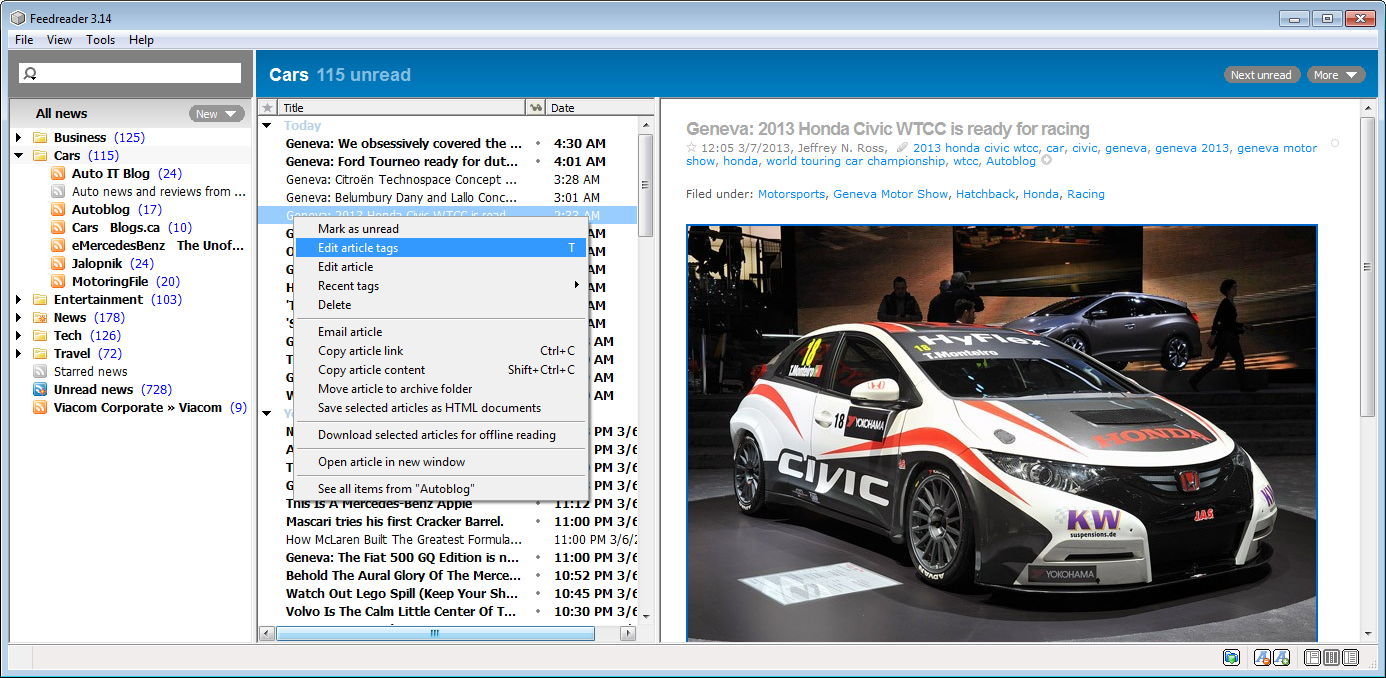

Also, when you open an account, you automatically get your own Bloglines-hosted blog, and you can also save clippings to this blog to share with the world. You can keep clip excerpts from a feed post that are stored in your “clippings” tab, along with the source URL of the post. However, Bloglines offers two tools that allow you to save and organize what you’ve read. Unlike many stand-alone feed readers, Bloglines doesn’t save posts from feeds that you’ve read. A number of options let you control how feeds are displayed, updated and so on. Your feeds are stored in folders that you can label with relevant names. The feed reader itself is basic but easy to use.

An RSS Reader Roundupĭigital Marketing Email, The Weapon Against Identity FraudĪsk Jeeves’ owned Bloglines is my primary feed reader because it offers a variety of useful features in addition to aggregating all of my preferred feeds in one place. If you’re interested in researching others, check out Peter Scott’s excellent, a site devoted to all manner of RSS resources. Rather, these are all tools I’ve tried and found worth a mention. As with yesterday’s look at RSS search engines, this is not a comprehensive listing. Here’s a look at some popular and useful feed readers. For example, I use Bloglines as my primary RSS reader, but I also have feeds integrated into my My Yahoo account and the new Google Desktop. In the end, you may find yourself using more than one feed reader for different purposes. But they also offer other features such as feed search, the ability to integrate feeds with other sources of information in a portal-like fashion and so on. And one feed reader, News Gator, even integrates into Microsoft Outlook, making your feeds virtually indistinguishable from your email.īy contrast, web-based services require you to be online to access your feeds. Stand-alone clients are useful if you want to access your feeds even if you’re offline. If you don’t like one, simply move on to another.Ī fundamental difference between feed readers is whether they are stand-alone clients or are web-based services accessed through your browser. The good news is that all of these readers are free to try and use. Choosing an RSS reader boils down to finding one that fits with your own working preferences. Each program has unique features that may or may not appeal to you. The most fundamental difference is that RSS readers are designed to handle feeds, pulling in appropriately formatted content from a variety of sources, rather than email messages from other net users.Īll of the RSS readers I’m going to describe are top-notch products, and all support similar basic features. Most RSS feed readers bear a striking resemblance to email clients.


 0 kommentar(er)
0 kommentar(er)
